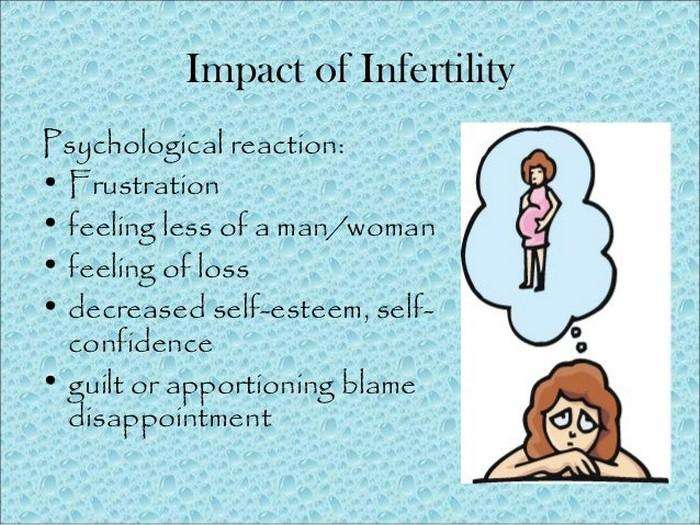Female infertility can be a deeply challenging and personal journey. It is characterized by an inability to conceive naturally after a year of regular unprotected intercourse. Unpacking its causes and understanding potential solutions provides a roadmap to address these challenges effectively.
Understanding Female Fertility: A Primer
Female fertility involves a fine interplay of hormonal cycles, egg health, and optimal functioning of the female reproductive system. Understanding these complex mechanisms lays the foundation for identifying causes of infertility.
A Closer Look at Ovulation: The Crucial Stage
The ovulation process, which involves the release of a mature egg from the ovary, lies at the heart of female fertility. Understanding this process can shed light on one of the main causes of female infertility.
Potential Roadblocks: Common Causes of Female Infertility
Various factors can hinder a woman’s ability to conceive. These could range from ovulatory disorders to structural abnormalities and hormonal imbalances to age-related factors.
Ovulatory Disorders: When the Cycle Disrupts
Disruptions or irregularities in ovulation account for a significant section of infertility issues. Conditions such as Polycystic Ovary Syndrome (PCOS), Primary Ovarian Insufficiency (POI), and Hyperprolactinemia are common culprits.
Structural Abnormalities: Impaired Passages and Platforms
Physical abnormalities in the female reproductive system can diminish fertility. Blockages in fallopian tubes, uterine fibroids, and endometriosis are a few examples that can impede fertilization or implantation.
Hormonal Imbalances: The Chemical Messengers in Disarray
Hormones are pivotal for regulating menstrual cycle and ovulation. Hormonal imbalances can interfere with these processes, causing issues with fertility.
Tick-Tock: Age and Fertility
Age is a key factor impacting female fertility. As a woman ages, the number and quality of eggs decline, which can pose obstacles to conception.
Identifying Female Infertility: Types of Diagnosis
Diagnosing female infertility involves a variety of tests, including hormone testing, ovulation testing, imaging studies, etc. The goal is to pinpoint the cause of infertility to guide appropriate treatment.
Exploring Solutions: Treatment Approaches for Female Infertility
Based on the cause, different treatment approaches exist for female infertility. This range from hormonal treatments, surgical procedures to assisted reproductive technologies.
Hormonal Treatments: Regulating the Disarray
Hormonal treatments aim to correct imbalances, trigger ovulation, or prepare the uterus for pregnancy.
Surgical Corrections: Clearing the Path
Surgery may be considered for addressing structural problems, such as removing fibroids or clearing blocked fallopian tubes.
Assisted Reproductive Technologies: Bypassing Barriers
Assisted reproductive technologies like In-Vitro Fertilization (IVF), Intrauterine Insemination (IUI), or egg or embryo donation present promising avenues for those struggling with infertility.
Conclusion: Navigating Female Infertility with Hope and Strength
When a woman encounters the journey of infertility, it is synonymous with embarking down a road less traveled, laden with unique challenges, unanswered questions, and emotions that can shadow the aspiration of motherhood. Yet, it is important to realize that being diagnosed with infertility isn’t a firm declaration of a lifelong condition but a temporary obstacle in the path to conception.
The landscape of female infertility is broad, spanning across issues from ovulatory disorders to structural abnormalities, hormonal imbalances, and the inevitable natural progression of age. But it is heartening to know that advancements in medical technology have facilitated strategies to counteract each of these issues effectively.
One must remember that treatment for infertility is multifaceted and tailored to the individual woman’s cause and condition. Hormonal treatments, for example, can rectify imbalances and initiate regular ovulation, providing a zig-zag pathway to the dream of successful conception. In cases with structural complexities, surgery can clear blockages or remove obstructions, paving the way for a well-guided journey from egg fertilization to embryo implantation.
Female infertility, while a challenging journey, is far from a dead-end. Understanding its causes and exploring appropriate treatments allows for an informed and proactive approach towards addressing fertility barriers.
























